How to build a bird kite
"It always surprises me how teaching something is one of the best ways to learn..."
Think about your most valuable skill. The thing you can reliably do under pressure that delivers results (and looks like magic to those nearby). How did you learn it?
Just a few days ago, I came across a truly inspiring tutorial (if we can call it that…) How to Build a Bird Kite by Laurel Shwulst is a poetic video piece on how to build a kite in interactive story format. Unlike most tutorials today: fast-paced, bite-sized, focused on a concrete artifact that solves a specific problem, and built to maximize the amount of content in the minimum amount of time, this one is the whole opposite. And I couldn’t stop watching.
Decades of research suggest that mastery unfolds in stages: you begin by watching someone more skilled than you, then join in small, low-risk ways, then attempt harder tasks with guidance, until eventually you are the one guiding.
This interactive tutorial captures exactly that rhythm. And that’s the format we’re exploring today!
📰 What’s the format?
How to Build a Bird Kite by Laurel Shwulst, is a craft tutorial and a meditation published by The New York Times.
In How to Build a Bird Kite, Laurel invites you to make something from scratch, but she does it through story. She teaches you about materials and process, while also weaving in her own inspiration and reflections.
The first kite probably wouldn't have even happened had I not had the excuse and time constraint of a friend's birthday…
You walk with her to the hardware store, and then you see her scatter supplies across her living room floor…
You might also consider readying your mind and body, too. Pour yourself a glass of water in case you get thirsty, and possible put on some music or calming background noise if you like... (she recommends this, this, or this).
You accompany her as she builds while all of a sudden you’re deeply involved in thoughts and ideas about wind, bird flight as reminiscent of intuition, and even pedagogy (“keep your design suboptimal to encourage evolution…”)
It’s a rigorous walkthrough, yet deeply personal.
You can think of this tutorial like a recipe, Laurel says. Recipes are step by step instructions, but they are also adaptable. So even though recipes present a sequence, cooking is never a rote process. It requires your active engagement. The best food, just like the best designer art, isn't formulaic…
🎛️ What are the features?
It’s built around the idea of a recipe (structured but adaptable)
It’s scientific and poetic at the same time
It’s personal (you hear about Laurel’s favorite songs, the mistakes she’d made, the reasons why she decided to build a bird kite in the first place…)
It’s analogue and digital: a very manual craft beautifully documented online (this one is my favorite feature!)
The craft tutorial lasts for almost 50 minutes, and as you go through it you can hear the birds sing. Instead of skipping to “the critical parts,” it starts at the beginning, with the mise en place (a favorite of Hercule Poirot): preparing your space, your tools, and yourself.
You learn the science:
I used to be intimidated by kites. I thought they needed to be mathematically precise in order to achieve the miracle of flight […] But through making them on my own, I learned that kites can be a lot more forgiving and that really all amazing creations come from a process of trial and error iteration…
… and the art:
I think wind is a good teacher. Its magical and ever changing qualities prepare us for the many other mysterious forces in our lives that we have no control over…
💡 Why is this format effective for learning?
[…] in creating this tutorial on how to make a bird kite, I had to practice more. It always surprises me how teaching something is one of the best ways to learn.
In The Skill Code, Matt Beane introduces the mechanics of effective learning with the three “C’s”: challenge, complexity, and connection.
Laurel’s piece includes the three. She presents a challenge were you can work near your limits. She invites you to look at the work through a wider lens, not a tight focus on a single task (she frames the work in a larger context, revealing how materials, stories, and environment interlace). And finally, you experiment connection through story, as she builds bonds of trust and respect through what she shares. No relatedness means no motivation and meaning.
Most tutorials today are fast-paced, short, and highly technical; stripped of the context that makes skills transferable. It was so refreshing to find a slower, more poetic format. What if more tutorials could teach us not just the what of a skill, but also the why? What if they’re less about instructions and more about companionship?
💌 An invitation
"Wind provides a vital metaphor for any force in life that appears to come and go, yet effects real change on its inhabitants and their environments. Today, one might consider the internet full of modern winds: it’s easy to get swept in or up, even when it’s subtle. The internet's winds are invisible, but their effects are increasingly palpable and visible in our world…" -Laurel Shwulst near the end of her piece
Think back to your most valuable skill… Who held the string with you when you first tried? Who steadied your hand, or showed you how the wind moves? Laurel’s metaphor of wind offers an invitation to notice the currents that shape us, and why not? To become that current for someone else…
🪁 Life Lately
I’ve been deep in the Laurel Schwulst rabbit hole. So much of her work resonates with the kinds of things I’ve been thinking about a lot this year. From this wiki:
Schwulst is interested in world-building. This is one reason she likes the medium of websites, as they “allow the author to create not only works (the ‘objects’) but also the world (the rooms, the arrangement of rooms, the architecture!)
Like an artist itself, the website of The Creative Independent, also designed by Schwulst, has its own unique rituals and patterns. For example, in its early days, the website “turned off” for the duration of the weekend.
My website is a shifting house next to a river of knowledge. What could yours be?
This gem of a lecture she gave at the University of Tennessee.
I’ve been thinking about this paper by Mitchel Resnick from the MIT Media Lab on the “kindergarten approach to learning”
Enjoying the Lost Women of Science podcast
Prepping for a new launch at 100school and a new Lunar Society experience around memory and sound (more on this soon!)
I appreciate your time. Thank you for reading! 💙 I also value your feedback (suggestions, critiques, constructive ideas…) as well as your tips or suggestions for future editions. I’d love to hear about you in the comments.
→ Or just click the heart symbol. That always makes me smile :-)
*This post’s cover gif is from @peteandpete





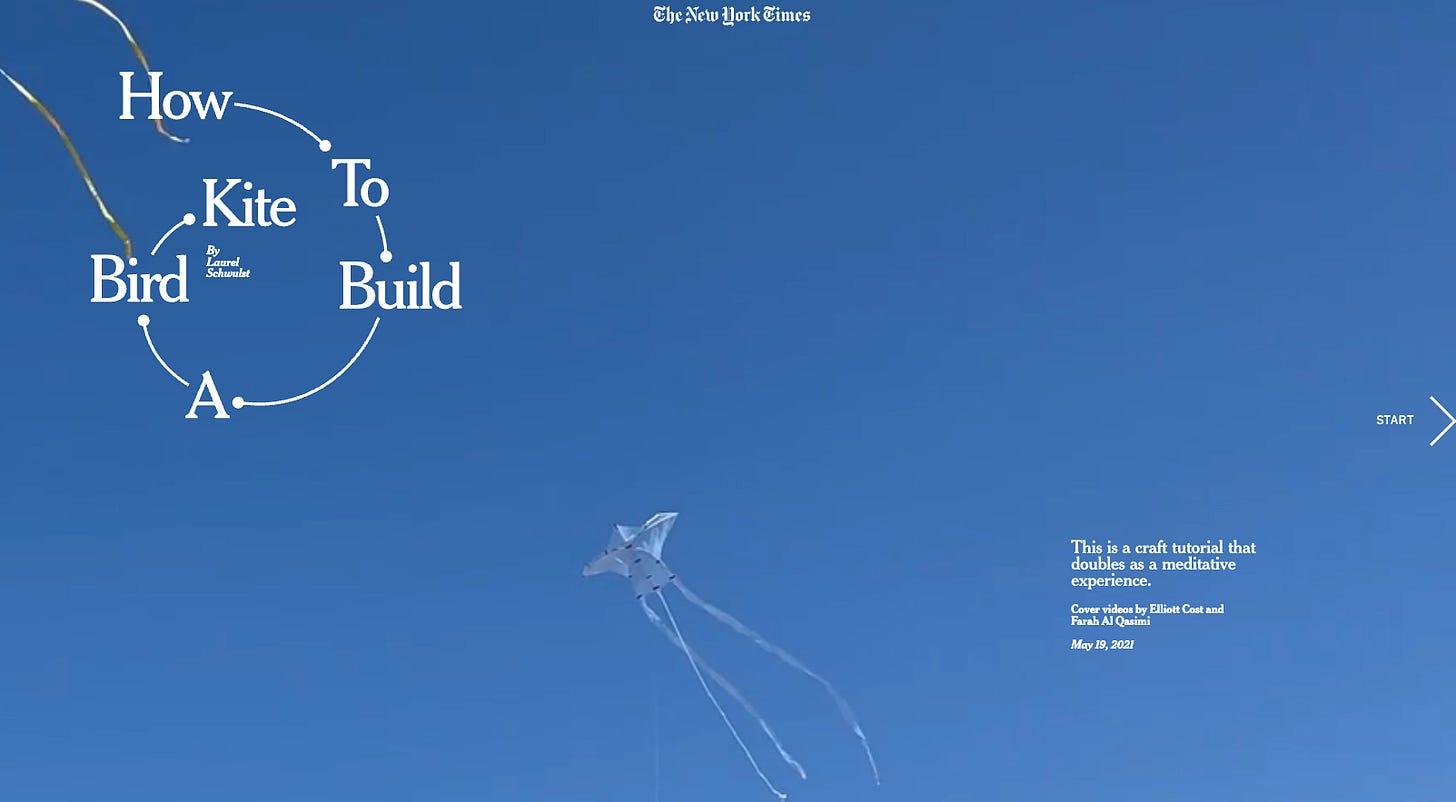

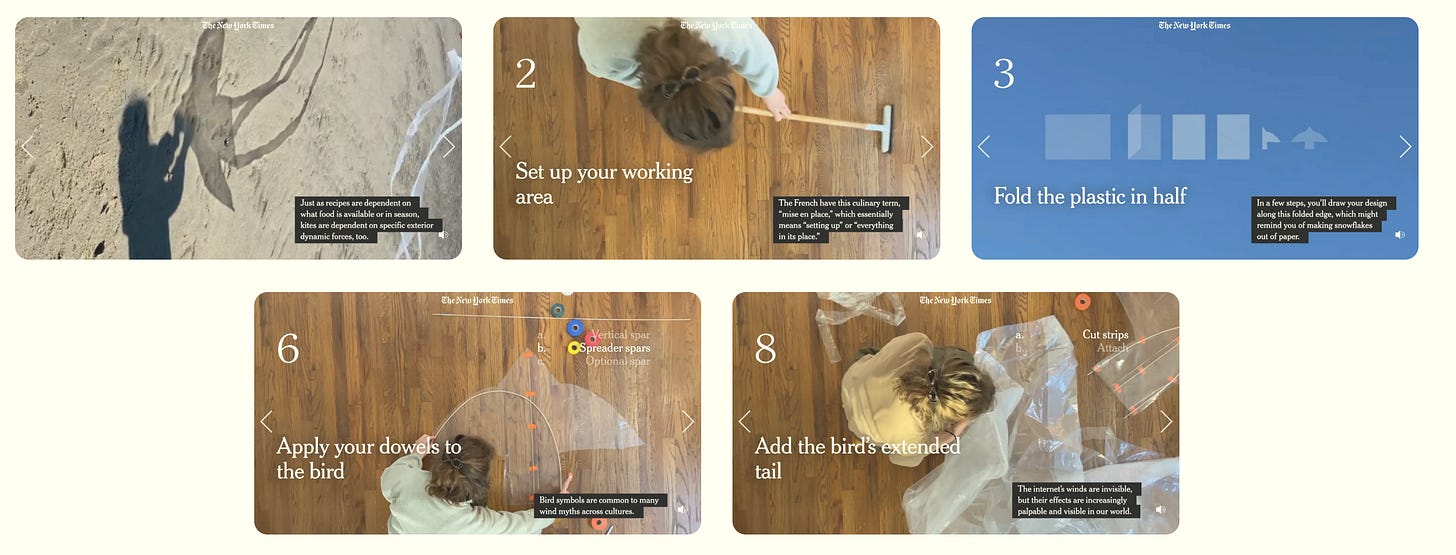

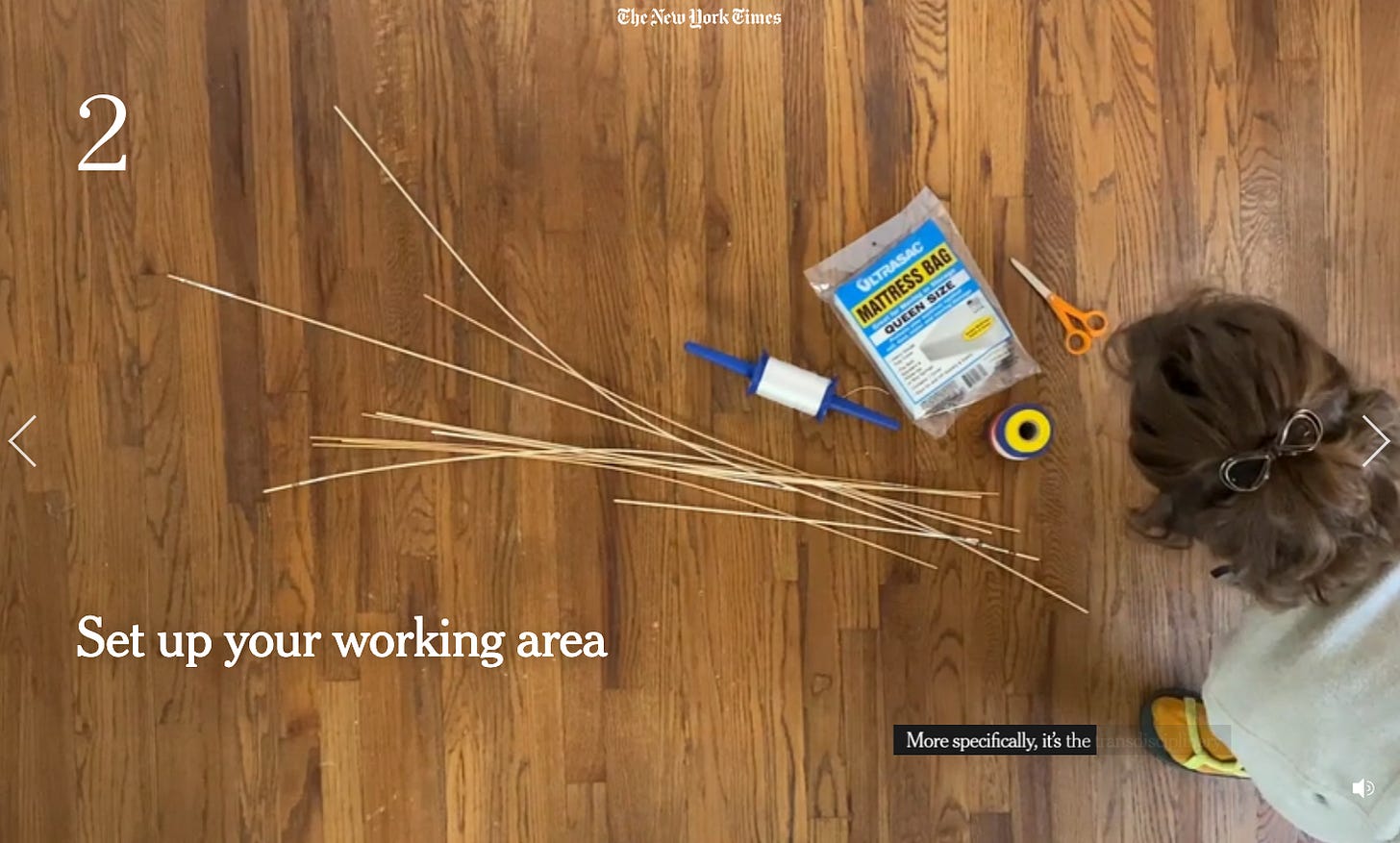
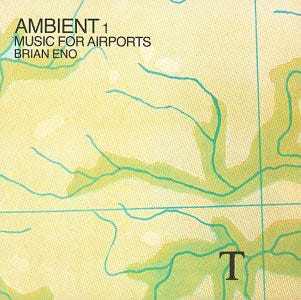

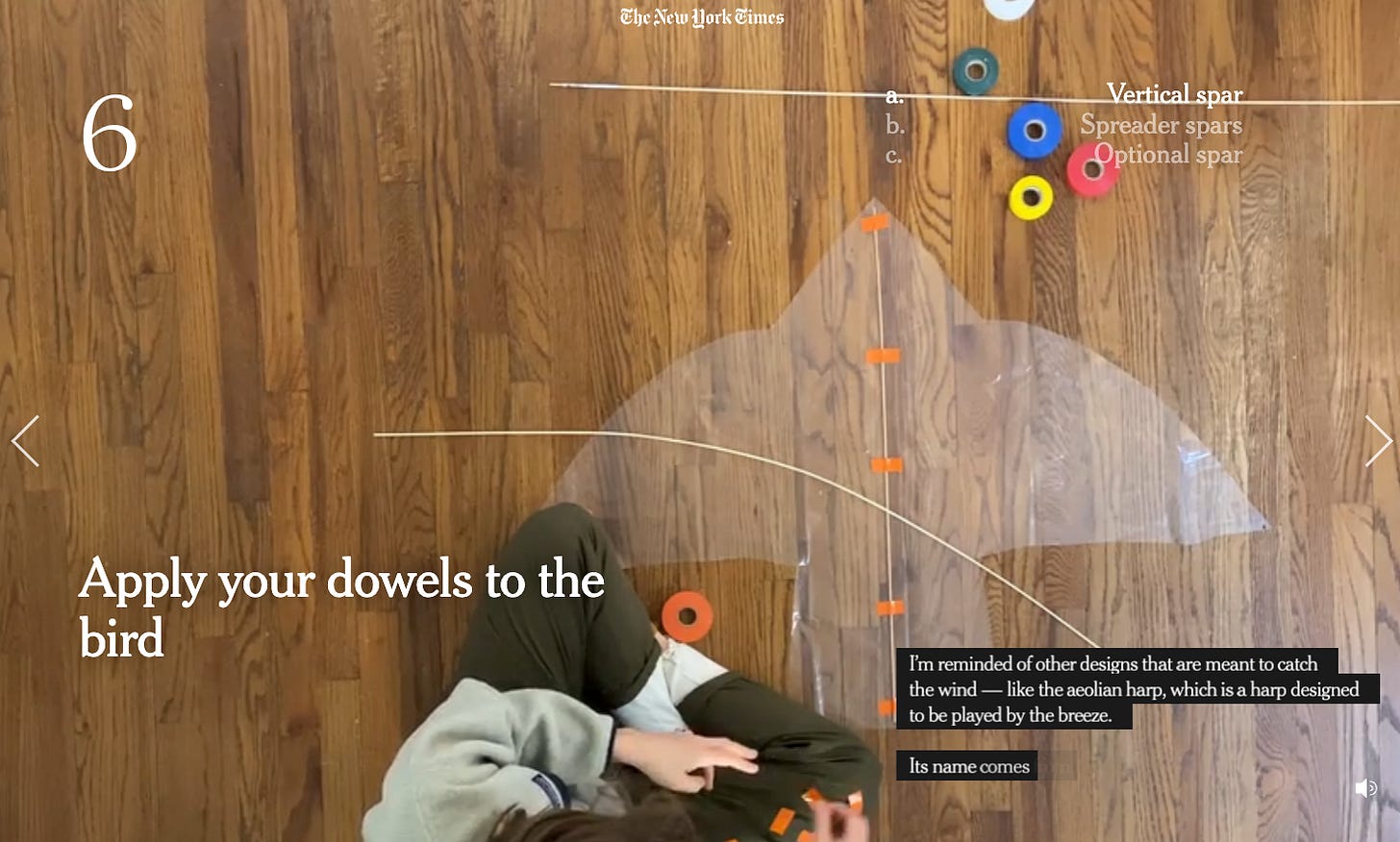

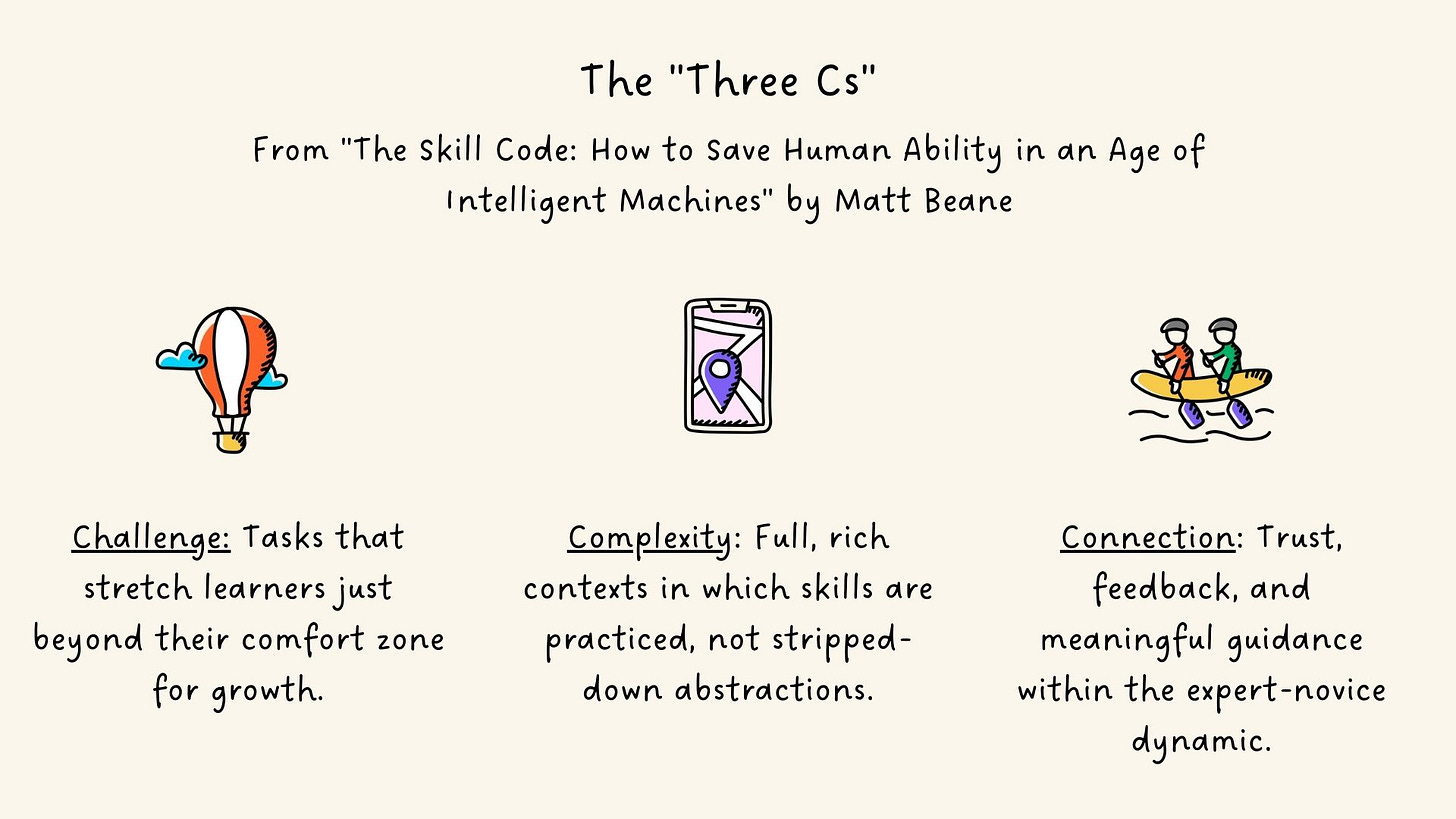



Beautifully crafted--a delighful and enriching reading journey! I look forward to taking the other trails you point to as well! Thank you, Stefy!